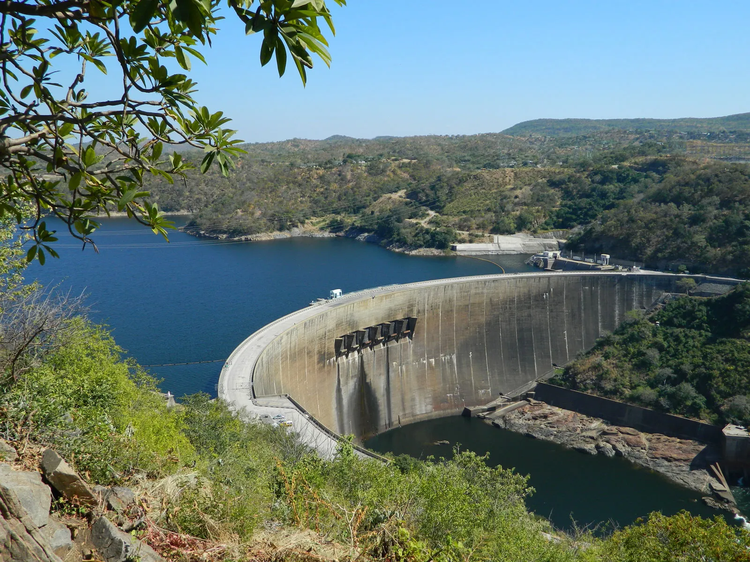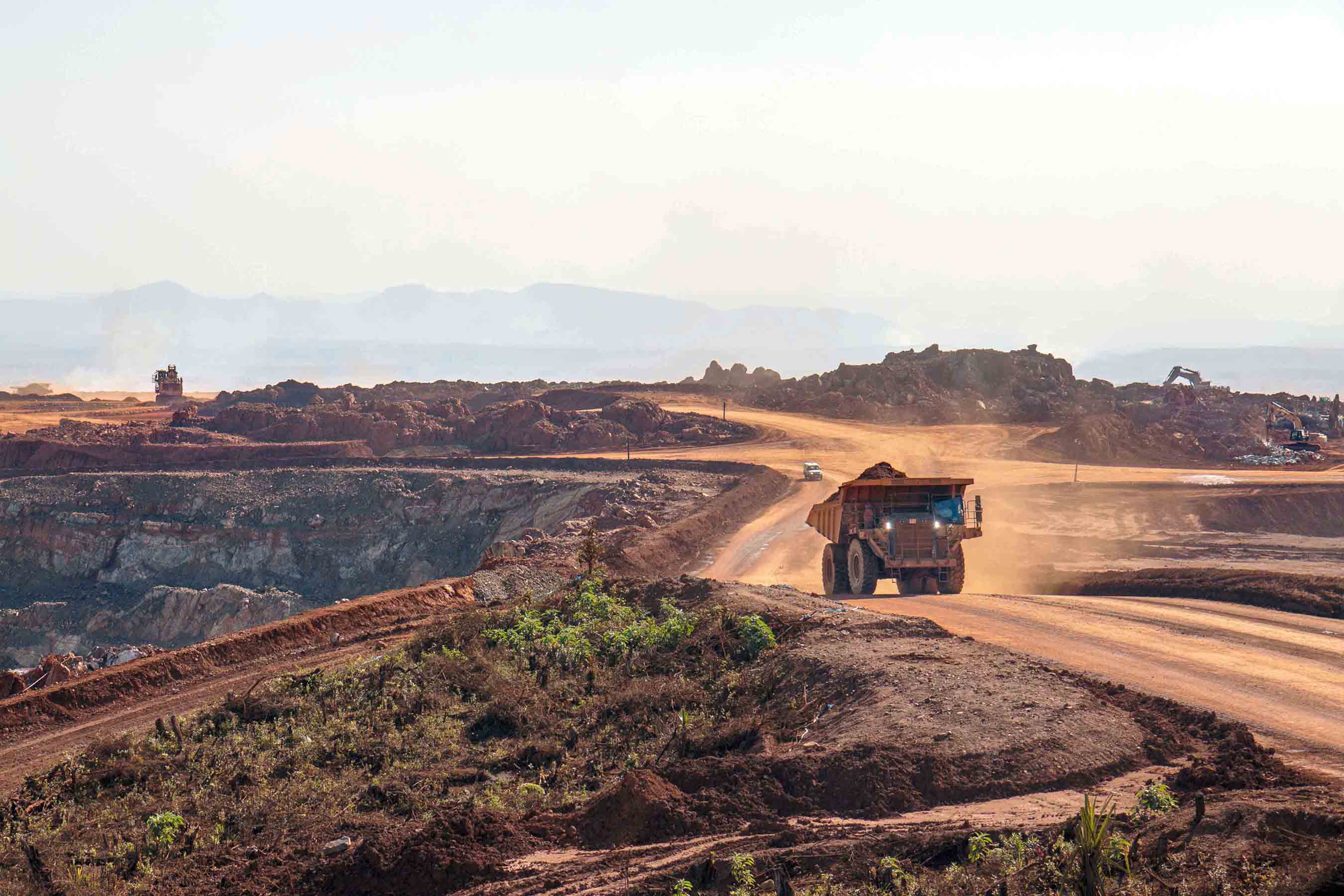Zambia's economy has demonstrated strength, according to IMF’s fifth review under the Extended Credit Facility(ECF), Zambia has surpassed expectations in sectors such as mining and agriculture. Despite economic growth expected this year, challenges include energy shortages and fiscal pressures.
If you’ve been keeping an eye on Zambia's economy, There’s good news for you! Despite global and domestic challenges, like the frustrating power cuts, Zambia’s economic recovery is gaining momentum and the International Monetary Fund(IMF) has taken note in its latest mission applauding the country’s greater resilience than anticipated. But what does this actually mean for everyday Zambians like you and me?
Unexpected Growth
The IMF’s visit confirmed Zambia’s improved economic performance from last year, projecting that Zambia’s GDP growth has strengthened to 5.8% this year from last years 3.7% due to:

- A 12% expansion in agricultural output following favourable weather patterns.
- Increased mining activities as copper production reaches 850,000 metric tons.
- Gradual recovery in the tourism and manufacturing sectors.

Why It Matters:
- More economic activity leads to more jobs and business opportunities.
- Having a stable economy attracts investments, which could mean better infrastructure and services in the long run.
Unfortunately, these wins are not impervious to setbacks. The IMF praised Zambia's primary fiscal surplus of 2.9% of GDP in 2025, which, in simpler terms, means the country’s income was higher than its expenses (excluding loan repayments), which is good news but warned of growing pressures:
- If left unchecked, debt service (money geared towards paying off the debt) could consume 42% of revenues in 2026.
- Zambia currently requires urgent resources in education and healthcare, and this will require an increase in social spending in these sectors.
The current revenue collection is still below the GDP target by 2.1%, which means the government is collecting less money than expected, which could limit spending on public services or infrastructure.
However, the most immediate threat comes from Zambia’s current energy crisis. Despite a fairly good rain season, electricity generation remains 18% below pre-drought levels, forcing
rotating 7-8 hour daily power cuts in major industrial and mining areas as well as a 15% reduction of smelting capacity in mines.

What is Being Done?
According to Finance Minister Situmbeko Musokotwane, tax administration reforms are beginning to bear fruit. Zambia collected 18% more VAT in the first quarter of 2025 than projected. This spells more hope on the horizon.
In the energy sector, Minister Peter Kapala has confirmed that the Ministry is fast-tracking 300MW of solar projects, but emphasised that despite this positive development, energy shortages will persist throughout 2025. So buckle up.

Economic growth in Zambia directly impacts our lives by creating job stability with more opportunities in mining, agribusiness, and tech, while also helping control inflation on everyday goods to stay affordable. As the IMF next review approaches in November 2025, Zambia’s ability to sustain reforms while tackling economic challenges will decide the future of jobs, businesses, and living standards for Zambians.
The path forward is clear but not easy. As IMF mission chief Vera Martin noted. "Zambia has shown it can stabilise. Now it must prove it can transform." With continued reform momentum and determination, the coming months could mark the turning point where Zambia’s recovery story evolves into lasting, inclusive growth.








